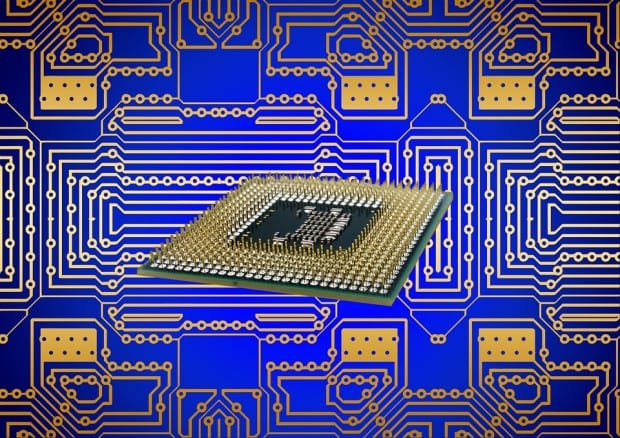The researchers has designed and built nanoparticles out of gold and platinum that are powered by hydrogen peroxide. The platinum spurs the fuel to break down into water and oxygen, which propels the particles. Testing showed that the nanomotors zoomed over the surface of a broken electronic circuit connected to a light-emitting diode, or LED.
Scientists have developed self-propelled nanomotors inspired by our body’s immune system that can seek out and repair tiny scratches or electronic components and could lead to self-healing gadgets. “Electronic circuits are very sophisticated these days. But a crack, even an extremely small one, can interrupt the flow of current and eventually lead to the failure of a device,” said Jinxing Li, a PhD candidate at the University of California at San Diego (UC San Diego).
“Traditional electronics can be fixed with soldering, but repairing advanced electronics on a nanoscale requires innovation,” Li said. Gadgets will soon be more ubiquitous than ever, appearing in our clothes, implants and accessories, said Li. But finding ways to fix nanocircuits, battery electrodes or other electronic components when they break remains a challenge.
Replacing whole devices or even parts can be tricky or expensive, particularly if they are integrated in clothes or located in remote places, researchers said. Creating devices that can fix themselves would be ideal, according to Joseph Wang from UC San Diego.
“If you cut your finger, for example, platelets will automatically localise at the wound location and help start the healing process,” Li said. “So what we wanted to do is create and use extremely small robots to perform the same function, except in an electronic system,” he said.
To accomplish this, researchers designed and built nanoparticles out of gold and platinum that are powered by hydrogen peroxide. The platinum spurs the fuel to break down into water and oxygen, which propels the particles. Testing showed that the nanomotors zoomed over the surface of a broken electronic circuit connected to a light-emitting diode, or LED.
When they approached the scratch, they got lodged in it and bridged the gap between the two sides. Because the particles are made of conductive metals, they allowed current to flow again, and the LED lit up. The nanomotors would be ideal for hard-to-repair electronic components such as the conductive layer of solar cells, which are subject to harsh environmental conditions and prone to scratching, Li said. They could also be used to heal flexible sensors and batteries, he said.

